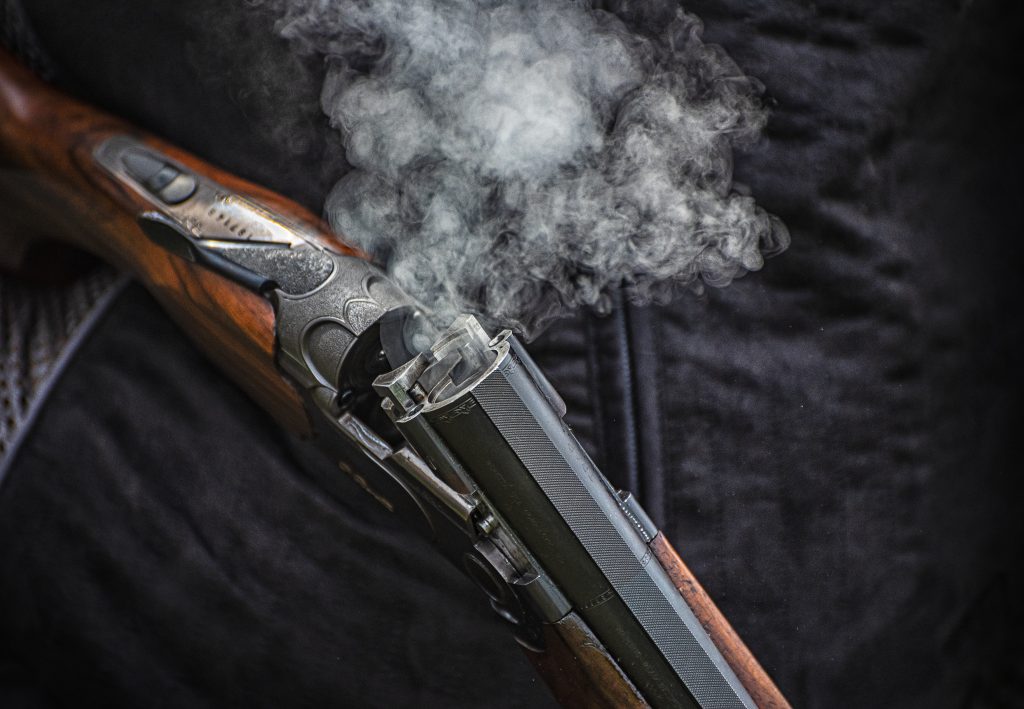Win CENS ProFlex DX5 earplugs worth £1,149 – enter here
Is the capercaillie slipping out of our grasp forever?
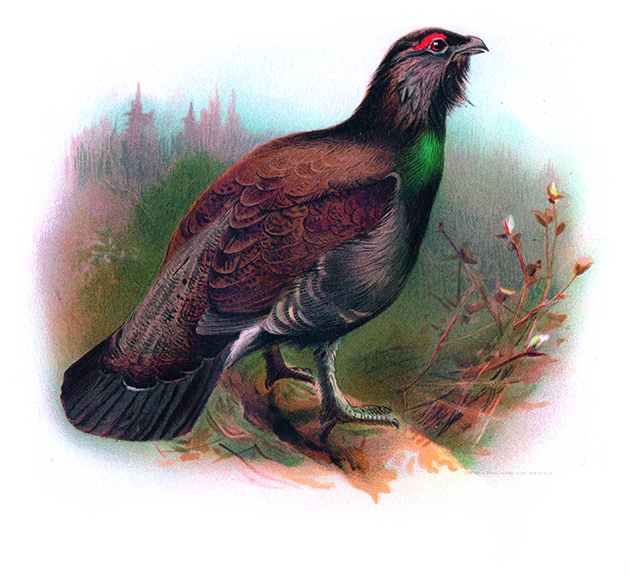 HT264D 'Capercaillie (Tetrao urogallus)', 1900, (1900). Artist: Charles Whymper.. Image shot 1900. Exact date unknown.
HT264D 'Capercaillie (Tetrao urogallus)', 1900, (1900). Artist: Charles Whymper.. Image shot 1900. Exact date unknown.
Something is stirring in the depths of the ancient pine forest. As spring creeps north, creatures are emerging from the trees to strut and prowl.
Capercaillie are substantial birds; the males can stand as tall as a traffic cone and it’s hard to imagine how they could ever be overlooked. The reality is that they are also shy and wildly secretive. They will see you long before you see them and they find it easy to sink down and hide in beds of blaeberry and heather.
But as April runs on towards May, this secrecy will fade. Cock birds meet in prearranged clearings to lek and display, and they make for a fine spectacle in the early morning light. Hooked beaks and heavy wings are deployed as weapons and the forest rings to the bizarre rattle and clatter of combat. Hen birds stand back and watch as the battle unfolds, dropping down now and again to remind the warriors what is at stake. They pout and shuffle, shivering their feathers like arrowpoints and spreading their tails into a broad fan.
As often happens during a lek, most of the mating will fall to one male capercaillie. No matter how many other males are present, the hens will usually be drawn to the master. The act itself is brief and is the last point of contact that a male bird will have with his offspring. The hen bird will lay her clutch of eggs nearby and she will be solely responsible for raising the chicks over the coming weeks. It’s chancy work for her, and her success will depend upon an obstacle course of predators, cold weather and the relentless hunt for insects to feed the youngsters.
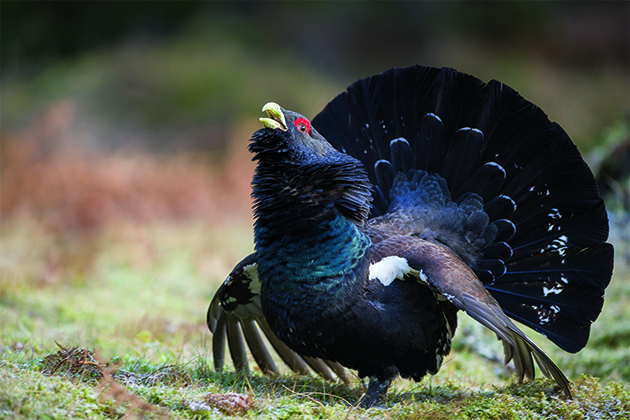
A male bird puts on a flamboyant mating display to attract a hen
Myth
Capercaillie have almost slipped
out of our grasp. Their numbers
have ebbed over the past half century and a bird that used to be locally abundant across the Scottish Highlands has now become little more than a myth. It is not so very long ago that capercaillie were being shot in good numbers from Stirlingshire to the Black Isle and tales abound of driven birds rumbling through the forest like cannonballs. In the sporting lodge at Rannoch Barracks, the mounted heads and tails of capercaillie cocks hang alongside antlers and framed salmon, but these have become dry, fragmented remains of a fading past.
Today, your best chance of finding a living, breathing capercaillie is on a few estates around Speyside and the northern end of the Cairngorms National Park. Concerted efforts have been made to rescue their numbers and reverse the decline, but these birds depend upon vast areas of
well-connected forest habitat.
Young female capercaillie can disperse 15 or 20 miles to find breeding grounds, which means that unless populations of birds are carefully joined up, they quickly fizzle out. There are a few capercaillie holding on in the old forests which lie along Royal Deeside, but these are badly isolated and they only fizzle along in very low numbers. A few wet, cold springs could easily tip chick mortality into a dangerously precarious position from which recovery might be impossible.
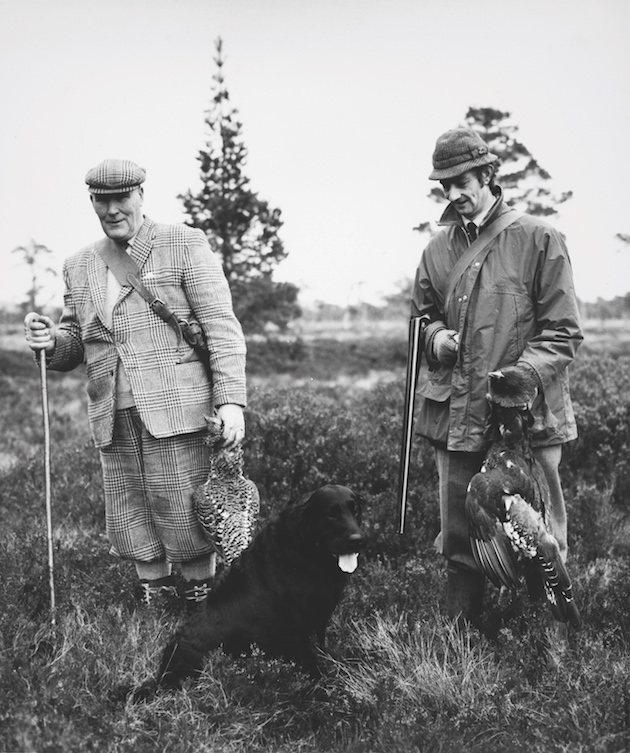
Before World War I, capercaillie were shot in large numbers
End of the line
The official population estimates for capercaillie seem to suggest that there are around 1,000 left in Scotland, but this is an old figure and the reality may be considerably fewer. Some places have recorded stable numbers, but others have now lost all their birds since the last surveys were undertaken. The more places that lose capercaillie, the harder it is for the few remaining strongholds to retain their numbers. It looks like we are facing the end of line for these extraordinary birds and, despite stalwart efforts from gamekeepers and conservationists, it feels like the end is rushing up very quickly.
Capercaillie were found across Great Britain from the end of the last Ice Age. They prospered in the ancient wildwoods, though a natural preference for pine forests meant that they were probably always most abundant in the colder north.
Gradual human expansion and the subsequent loss of native forest had driven them back into the Scottish Highlands by the end of the 17th century and they became extinct in Britain around the 1760s — roughly the same time that the last wolves were also lost.
But unlike wolves, capercaillie had friends in high places. Landowners made a concerted effort to restore the birds and they were imported from Scandinavia during the Regency period by a number of Scottish aristocrats. It is not easy to keep grouse in captivity, but these early conservation pioneers had almost limitless resources and manpower at their disposal. From one site on Tayside, capercaillie began a slow resurrection. Their return also coincided with some major changes in Scottish land use.
Recognising a shortage of home-grown timber, landowners were planting new forests across Perthshire and Aberdeenshire. Capercaillie began to infest these plantations and the birds spread like wildfire across Scotland during the Victorian era. Soon they were well established from Argyll to Sutherland and landowners in the Southern Uplands and northern England were looking to spread the birds even further. Many of these schemes failed to bear fruit, but the core population in the Highlands seemed to go from strength to strength.
The biggest bag of capercaillie shot in a day was 69 birds near Dunkeld in Perthshire, taken by seven Guns on 4 November 1910. This moment seems to represent something of a high-water mark for the species. World War I was already brewing and the forests that had fired capercaillie into prosperity would soon be felled and cleared to provide timber for the war effort. Modern planting techniques that came in the wake of the war were much less suited to the conservation of woodland grouse and the conflict also signalled the end of gamekeeping as it had been for almost a century.
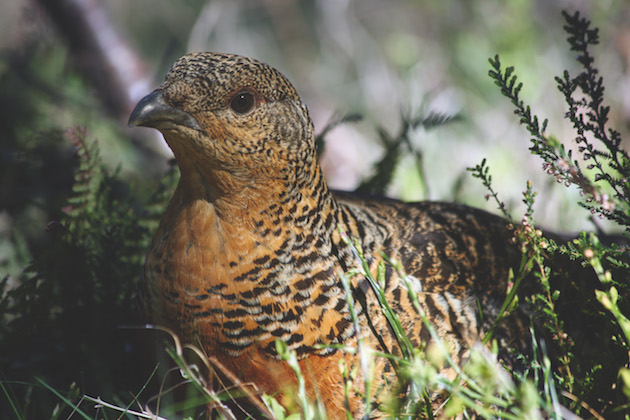
The gamebird is now a protected species, but numbers are still declining
Blips and upturns
Scotland now has a great deal more forest cover than it did a century ago, but modern plantations have little to offer capercaillie. Dense blocks of non-native conifer trees actually impede the movement of birds across the landscape and their habitats are fragmented by the wrong kind of woodland. There were a few blips and upturns for the birds during the 1960s, but their story has otherwise been one of decline and loss.
Despite being a valuable and exciting gamebird, capercaillie were given protected status almost 20 years ago. This move was almost redundant because the birds were no longer being shot. As if to prove that point, their numbers have continued to decline ever since.
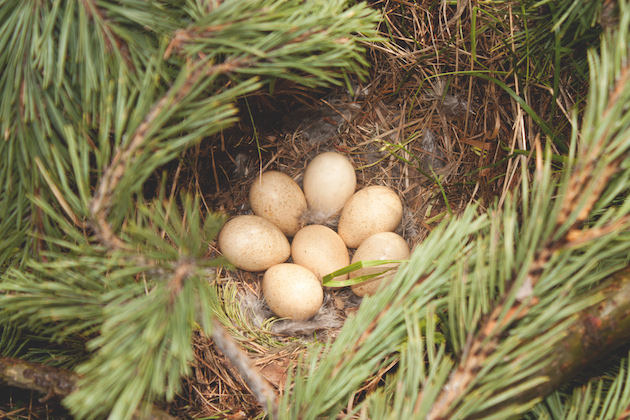
A lack of habitat and increased predation of nests are major mortality factors
Research on Speyside seemed to have claimed that capercaillie numbers were rebounding, thanks to innovative forestry techniques, and conservationists were keen to emphasise that it is possible to balance commercial forestry with capercaillie conservation. Perhaps that is the case, but it may be a matter of too little, too late. Some of the best capercaillie strongholds depend upon predator control and proactive habitat management, but it is also worth noting that these birds are desperately sensitive to human disturbance. Studies have shown that hens will abandon their eggs if they are panicked by people nearby and one of the best capercaillie conservation techniques is to stay as far away from the birds as possible. Unfortunately, that is not always straightforward and there have been several cases where ramblers and walkers have clashed with estates that have been trying to protect important breeding sites.
It sometimes feels like capercaillie simply aren’t compatible with the pressures of a busy modern world. That is a gloomy interpretation but it is not unreasonable, given their steady declines over the past century. There is still plenty we can do to help these birds, but knowing that they depend upon extensive, interlinking habitats, we have to be ambitious.
Related Articles
Get the latest news delivered direct to your door
Subscribe to Shooting Times & Country
Discover the ultimate companion for field sports enthusiasts with Shooting Times & Country Magazine, the UK’s leading weekly publication that has been at the forefront of shooting culture since 1882. Subscribers gain access to expert tips, comprehensive gear reviews, seasonal advice and a vibrant community of like-minded shooters.
Save on shop price when you subscribe with weekly issues featuring in-depth articles on gundog training, exclusive member offers and access to the digital back issue library. A Shooting Times & Country subscription is more than a magazine, don’t just read about the countryside; immerse yourself in its most authoritative and engaging publication.







